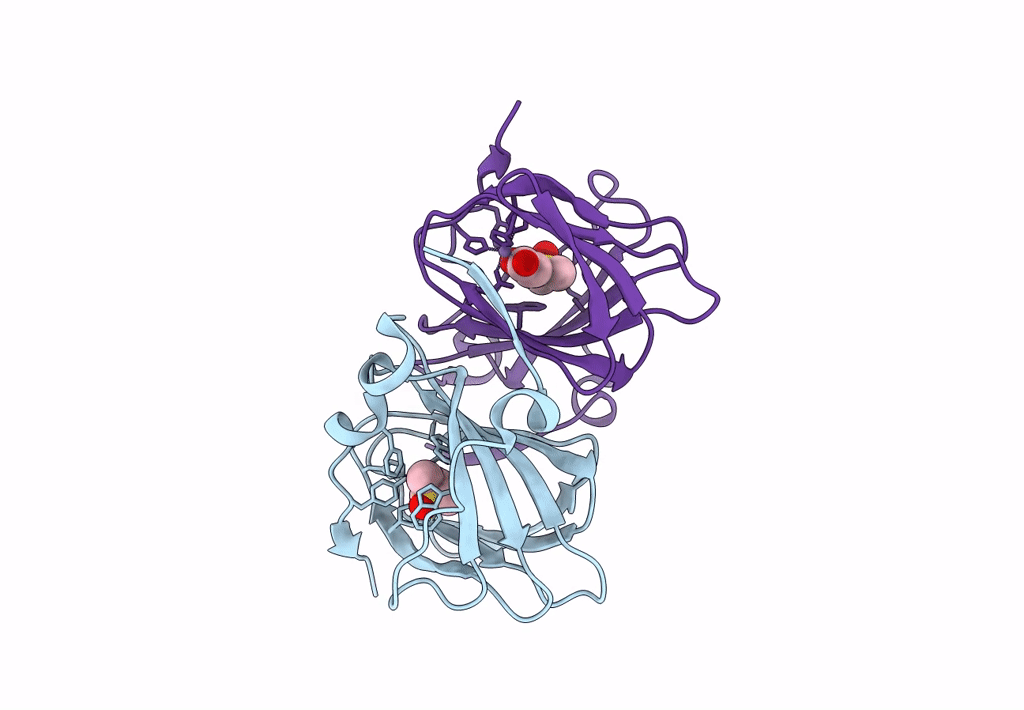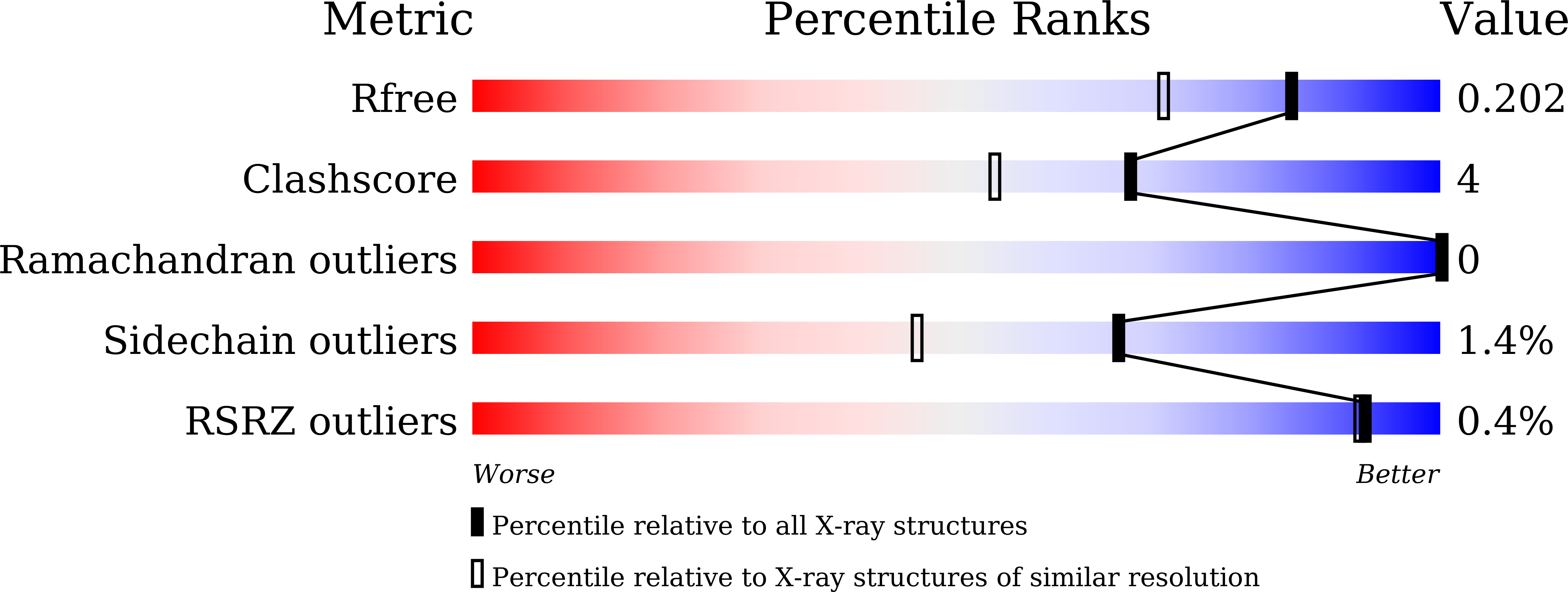
Deposition Date
2022-11-30
Release Date
2023-10-04
Last Version Date
2023-12-20
Entry Detail
Biological Source:
Source Organism:
Candidatus Pelagibacter ubique HTCC1062 (Taxon ID: 335992)
Host Organism:
Method Details:
Experimental Method:
Resolution:
1.62 Å
R-Value Free:
0.19
R-Value Work:
0.16
R-Value Observed:
0.16
Space Group:
P 1 21 1


